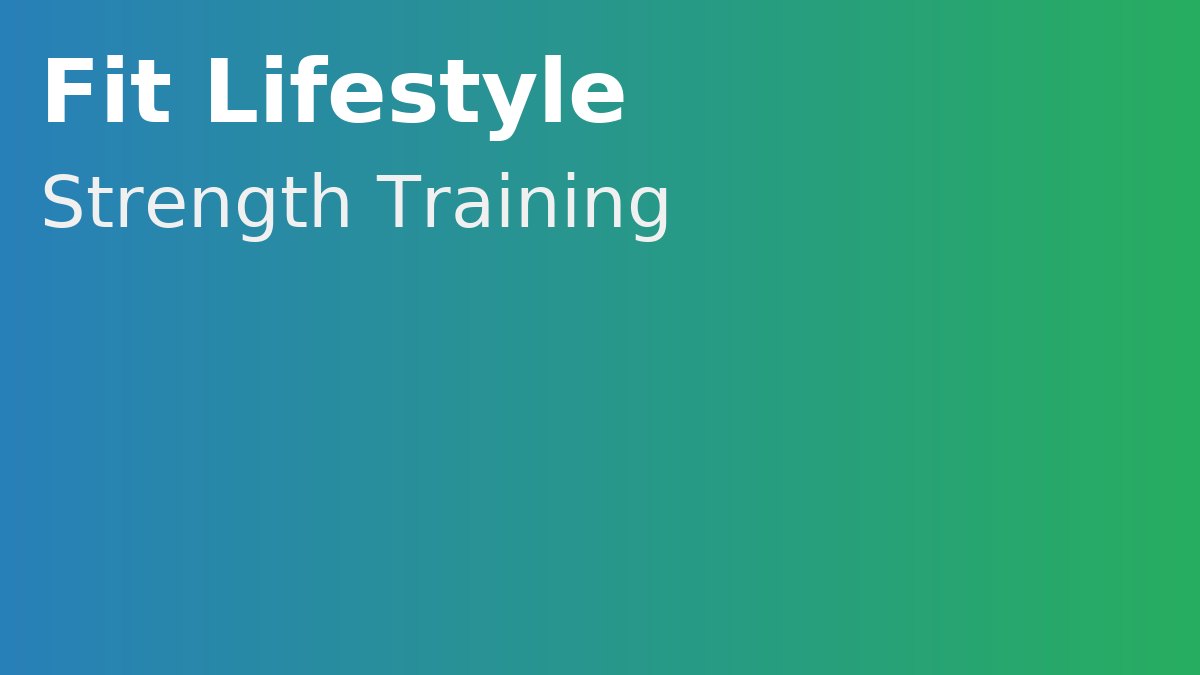Ultimate Beginner’s Guide to Strength Training
Principles that matter most
Strength training revolves around progressive overload, proper technique, and recovery. Start with movement patterns—squat, hinge, push, pull, lunge, carry—rather than chasing exotic exercises.
Two or three full‑body sessions per week are plenty for beginners. Consistency beats perfection; think months and years, not days.
Foundational movements & cues
**Squat**: sit between the hips, keep ribs stacked over pelvis, and drive knees out as you stand.
**Hinge (deadlift)**: push hips back like closing a car door; keep spine neutral and lats tight.
**Push**: push‑ups or dumbbell press; maintain shoulder blades down and back.
**Pull**: rows and pulldowns; lead with elbows, not wrists, to hit the back muscles.
**Carry**: farmer’s carries challenge the core and grip while reinforcing posture.
A 2‑day beginner plan
**Day A**: Goblet squat 3×8–10, Push‑ups 3×AMRAP, One‑arm row 3×10/side, Romanian deadlift 3×10, Side plank 3×30s/side.
**Day B**: Split squat 3×8/side, Dumbbell bench press 3×8–10, Lat pulldown 3×10, Hip hinge drill 3×10, Farmer’s carry 4×30m.
Progression & safety
Add small amounts of weight or reps weekly while keeping 1–3 reps in reserve. Warm up with light sets and dynamic mobility. If a movement hurts (sharp pain), regress the load or range and reassess technique.
Log training, celebrate small wins, and remember that beginners make progress quickly. Enjoy the process!
 Fit Lifestyle Blog
Fit Lifestyle Blog